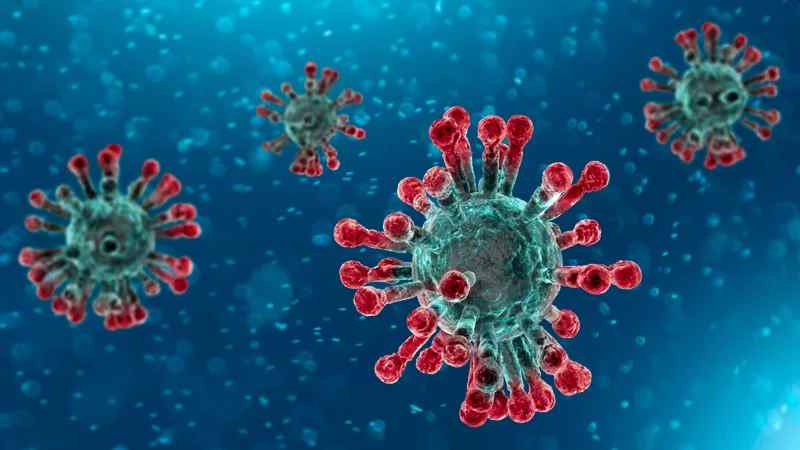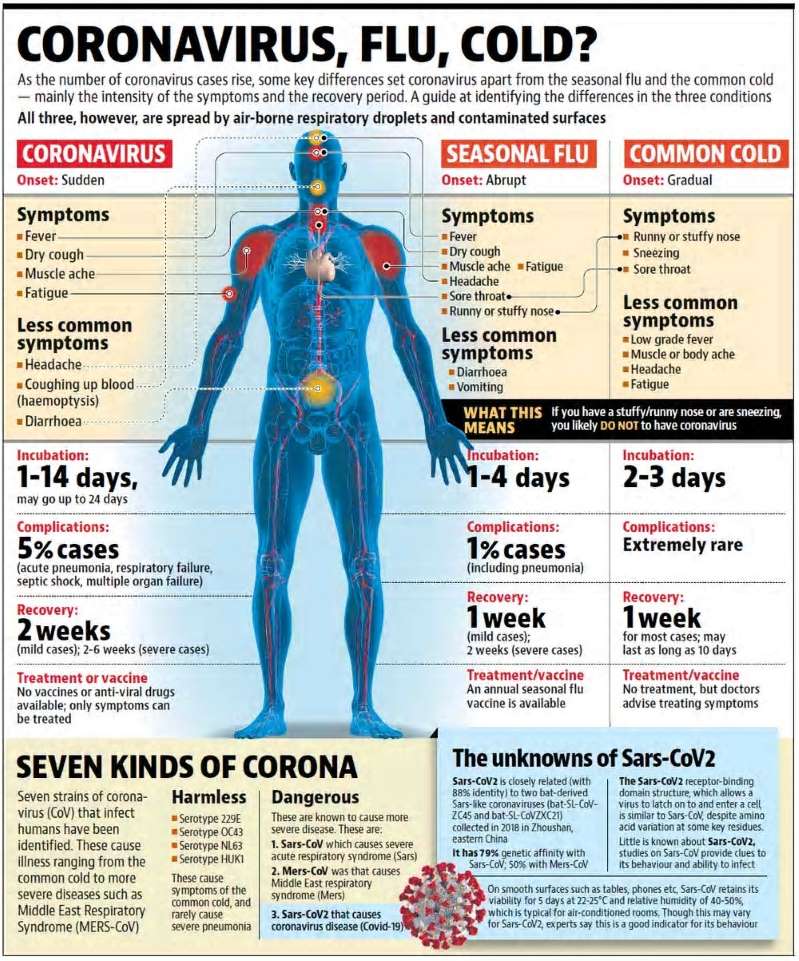Coronavirus (COVID-19) vs. other viruses like Influenza (seasonal flu) and Swine flu (H1N1)

Coronavirus continues to wreck havoc around the world. To date, the virus has claimed at least 10,447 lives with a total of 254,701 confirmed cases worldwide. A total of 89,071 people have recovered from the virus. The outbreak has led to panic and pandemonium. However, the number of confirmed cases for coronavirus is nothing compared with the influenza, the seasonal flu. In the United States alone, the seasonal flu has caused an estimated 34 million illnesses, 350,000 hospitalizations and 20,000 deaths year 2020 season, according to the Centers for Disease Control and Prevention (CDC).
On the other hand, Swine influenza is an infection caused by any one of several types of swine influenza viruses. Swine influenza virus (SIV) or swine-origin influenza virus (S-OIV) is any strain of the influenza family of viruses that is endemic in pigs. The flu was first recognized in the 1919 pandemic and still circulates as a seasonal flu virus. Swine flu is caused by the H1N1 virus strain, which started in pigs. Symptoms include fever, cough, sore throat, chills, and body aches. In the U.S., between April 2009 and April 2010, the CDC estimates there were 60.8 million cases of swine flu, with over 274,000 hospitalizations and nearly 12,500 deaths — that’s a mortality rate of about 0.02%.
That being said, the fatality rate for corovirus is 3.2% compared to a little over 1% for the seasonal flue. In addition, we know a lot about flu viruses and what to expect each season. In contrast, very little is known about the novel coronavirus (COVID-19) because it’s so new. Coronavirus disease 2019 (COVID-19) is a respiratory disease that seems to be spreading much like flu. As the number of coronavirus cases rise, some key differences set it apart from the seasonal flu and common cold – mainly the intensity of the symptoms and the recovery period.

Although the symptoms of COVID-19 and the flu can look similar, the two illnesses are caused by different viruses. Below is a list of similarities and differences put together by Lisa Maragakis, M.D., M.P.H., senior director of infection prevention at Johns Hopkins. She explains how the flu and COVID-19 are similar and how they are different.
Similarities: COVID-19 and the Seasonal Flu
Symptoms
- Both cause fever, cough, body aches, fatigue; sometimes vomiting and diarrhea.
- Can be mild or severe, even fatal in rare cases.
- Can result in pneumonia.
Transmission
- Both can be spread from person to person through droplets in the air from an infected person coughing, sneezing or talking.
- A possible difference: COVID-19 might be spread through the airborne route (see details below under Differences).
- Flu can be spread by an infected person for several days before their symptoms appear, and COVID-19 is believed to be spread in the same manner, but we don’t yet know for sure.
Treatment
- Neither virus is treatable with antibiotics, which only work on bacterial infections.
- Both may be treated by addressing symptoms, such as reducing fever. Severe cases may require hospitalization and support such as mechanical ventilation.
Prevention
Both may be prevented by frequent, thorough hand washing, coughing into the crook of your elbow, staying home when sick and limiting contact with people who are infected.
Differences: COVID-19 and the Flu
Cause
COVID-19: Caused by one virus, the novel 2019 coronavirus, now called severe acute respiratory syndrome coronavirus 2, or SARS-CoV-2.
Flu: Caused by any of several different types and strains of influenza viruses.
Transmission
While both the flu and COVID-19 may be transmitted in similar ways (see the Similarities section above), there is also a possible difference: COVID-19 might be spread through the airborne route, meaning that tiny droplets remaining in the air could cause disease in others even after the ill person is no longer near.
Antiviral Medications
COVID-19: Antiviral medications are currently being tested to see if they can address symptoms.
Flu: Antiviral medications can address symptoms and sometimes shorten the duration of the illness.
Vaccine
COVID-19: No vaccine is available at this time, though it is in progress.
Flu: A vaccine is available and effective to prevent some of the most dangerous types or to reduce the severity of the flu.
Infections
COVID-19: Approximately 113,579 cases worldwide; 607 cases in the U.S. as of Mar. 9, 2020.
Flu: Estimated 1 billion cases worldwide; 9.3 million to 45 million cases in the U.S. per year.
Deaths
COVID-19: Approximately 3,995 deaths reported worldwide; 22 deaths in the U.S., as of Mar. 9, 2020.
Flu: 291,000 to 646,000 deaths worldwide; 12,000 to 61,000 deaths in the U.S. per year.
The COVID-19 situation is changing rapidly. Since this disease is caused by a new virus, people do not have immunity to it, and a vaccine may be many months away. Doctors and scientists are working on estimating the mortality rate of COVID-19, but at present, it is thought to be higher than that of most strains of the flu.




